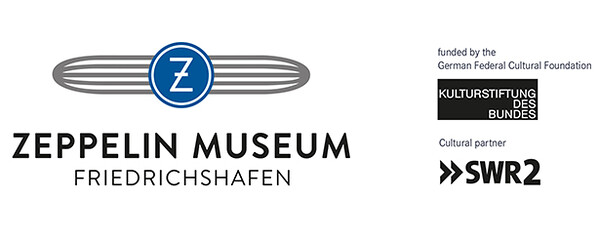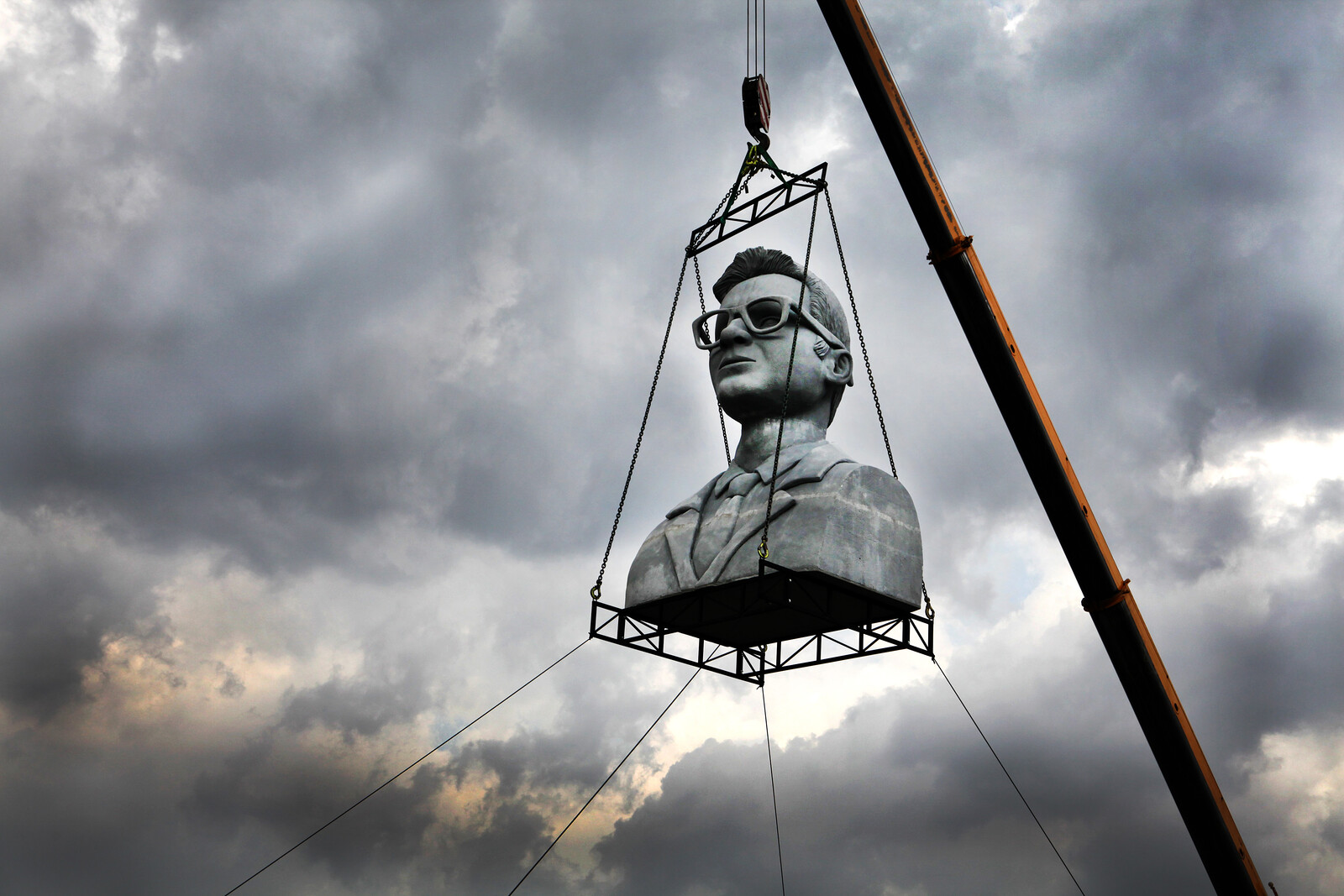(Cult! Legends, Stars and Icons)
June 2–October 15, 2017
Seestraße 22
88045 Friedrichshafen
Germany
Hours: Tuesday–Sunday 10am–5pm
T +49 7541 38010
F +49 7541 380181
info@zeppelin-museum.de
What is a cult? The Zeppelin Museum approaches this question in its extensive summer exhibition KULT! Legenden, Stars und Bildikonen. The exhibition shows that cultification is particularly relevant today. In a reciprocal web of connections—cult, individual, and community—they represent a fundamental part of social processes in times of global change.
In a joint effort, the technology and the art department of the Zeppelin Museum have dedicated the exhibition to the socio-cultural phenomenon of cults by examining aspects such as reverence, marketing, enthusiasm, the instrumentalization of technological developments, especially to those concerning the Zeppelin, and contemporary art works. In view of the history of the city of Friedrichshafen, the museum is the ideal venue for an exploration of cults and their development in society, politics, religion, and popular culture. Most of the 1000 exhibits presented on 1700 m2 belong to the museum’s inventory. The art section includes works that were developed especially for this exhibition.
Participating artists: Halil Altindere, Kenneth Anger, Yael Bartana, Julius von Bismarck, Candice Breitz, Aleksandra Domanović, Dani Gal, Christoph Girardet, Benedikt Hipp, Josh Kline, Johannes Paul Raether, Jeremy Shaw, Aby Warburg
Cults between politics and pop
The first part of the exhibition is dedicated to different strategies of cultification in art. Christoph Girardet, Aby Warburg and the American avant-garde filmmaker Kenneth Anger deal with the Zeppelin myth in their works. Anger used alienated film material to create the ambivalent video series “Airship,” which the Zeppelin Museum recently purchased for its collection. Besides cultification of the Zeppelin, the artists also explore mechanisms of cults in society, politics, and pop culture. They examine the cultification of stars (Josh Kline) as well as events and places (Julius von Bismarck). Candice Breitz and Jeremy Shaw focus on cult followers and Johannes Paul Raether explores ritualised actions. Objects linked to religious folk art, such as votive tablets and offerings, as well as processional items, are also on display. Other works in the exhibition show that cults can also develop subversive powers, which disrupt cultifications and oppose established conventions. They reflect on rededication and reinterpretation primarily of political cults (Yael Bartana, Aleksandra Domanović), and on prevention of the emergence of cult sites (Dani Gal). Several art works were created especially for this show and will be on display at the Zeppelin Museum for the first time. The new video of Turkish artist Halil Altindere critically examines the cult surrounding Tayyip Erdoǧan. Benedikt Hipp presents a new expansive wall installation about religious cults.
The Zeppelin Cult
The crash of LZ 129 in Lakehurst is regarded as a tragic turning point that signalled the end of Zeppelin aviation. The exhibition commemorates the tragedy of May 6, 1937, recounts the changeful and emotional history of the Zeppelins, the unimaginable, the unique technology, the venturous ascensions, but also the setbacks, the misfortunes, the failures. The objects on display illustrate heroic and ironic aspects of the Zeppelin’s reception. Zeppelin-shaped cocktail shakers, Sarotti chocolates decorated with Zeppelins, propaganda postcards, razors, beer mugs, and relics fashioned from scraps of aluminium from Zeppelins are proof that not only the advertising industry, but also an enthusiastic fan community used the Zeppelin to imbue objects with an emotional quality, or to make money with merchandising products.
Conceived as an experiment, the show invites viewers to take part in a discourse on the role of cults in our society. The exhibition is curated by the museum’s director Claudia Emmert, the curators Ina Neddermeyer (head of art department) and Jürgen Bleibler (head of technology department). The interdisciplinary project is funded by the Kulturstiftung des Bundes (German Federal Cultural Foundation).
Zeppelin Museum press contact: lipski [at] zeppelin-museum.de
International press contact: jmeinert [at] goldmannpr.de


